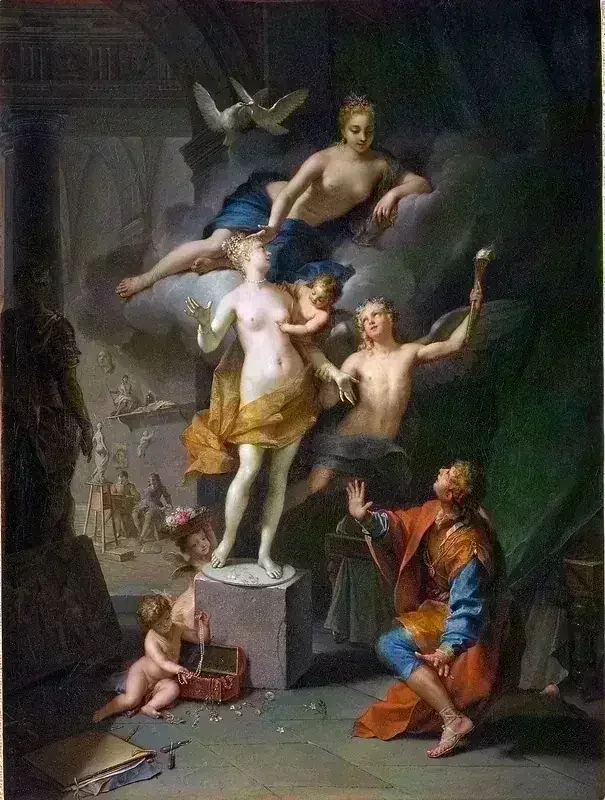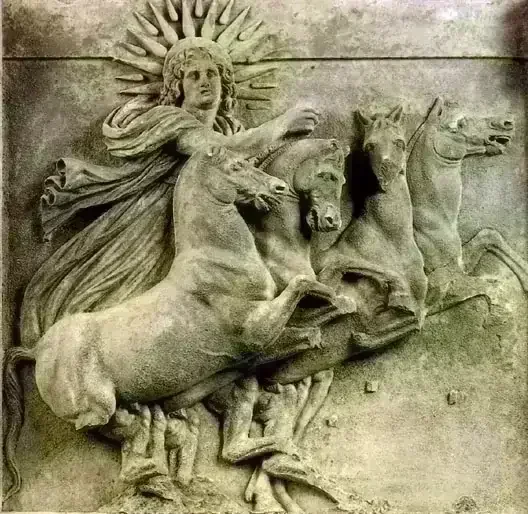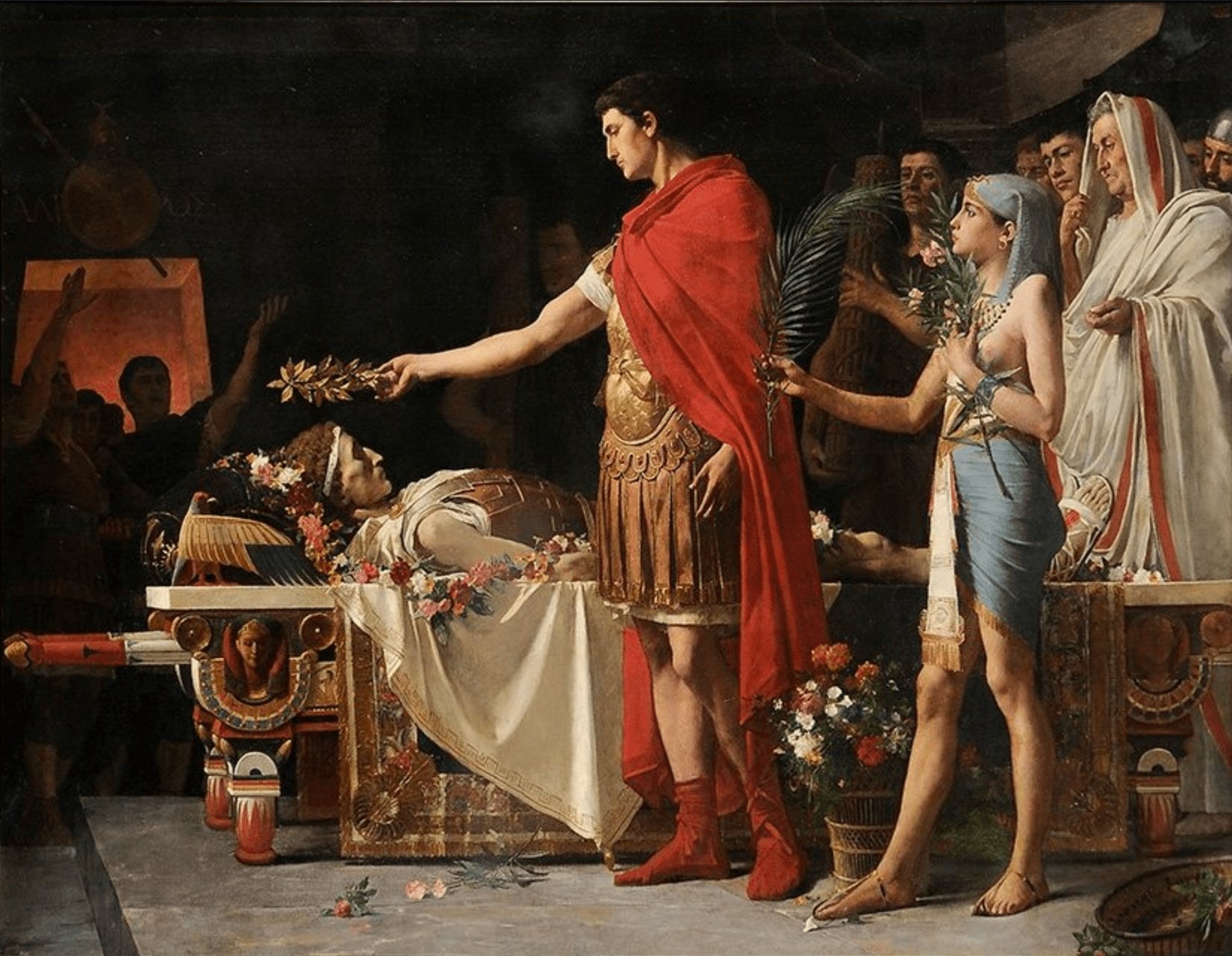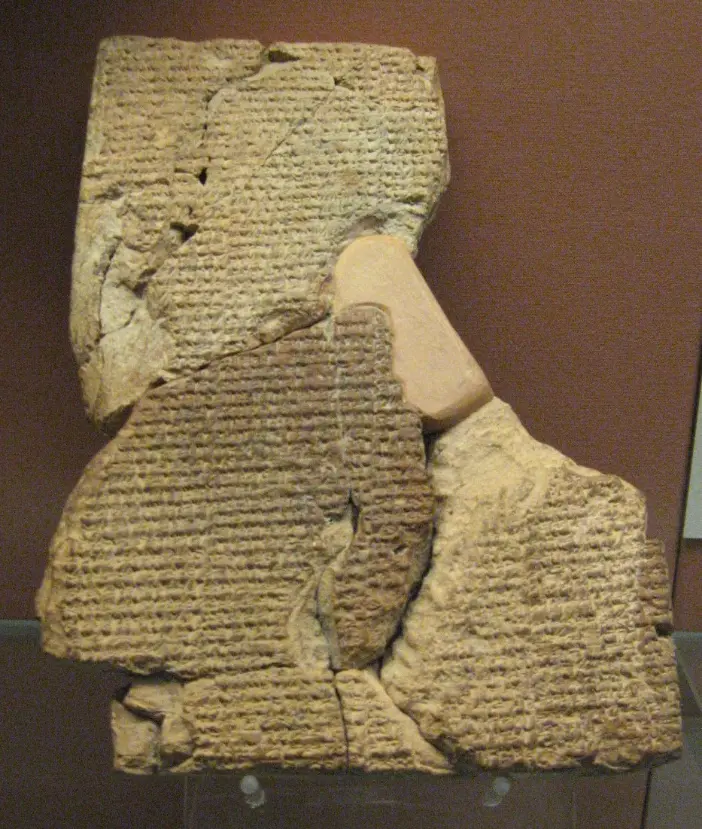Pygmalion

In Greek mythology, Pygmalion (Πυγμαλίων, Pugmalíōn in Ancient Greek) was a renowned figure from Cyprus, best known from Ovid's Metamorphoses, where he is portrayed as a sculptor who falls in love with a statue he created.
In Book 10 of Metamorphoses, Pygmalion is described as a Cypriot artist who carves a woman out of ivory, whom later sources call Galatea.
According to Ovid, after witnessing the Propoetides, women of Cyprus practicing prostitution, Pygmalion became disillusioned with the imperfections he saw in real women. He decided to remain celibate and devote himself to his craft. He sculpted a woman so perfect that he fell in love with the statue. He would kiss it, touch it, offer it gifts, and even created a lavish bed for it.
When Aphrodite's festival day arrived, Pygmalion made offerings at her altar. Unable to openly confess his desire, he silently wished for a wife who would be "the living likeness of my ivory girl." When he returned home and kissed the statue, he was astonished to find that its lips were warm. Upon kissing it again, the ivory softened, and the sculpture transformed into a living woman. Aphrodite had granted his wish.
Pygmalion married the statue, now a real woman, and they had a daughter, Paphos, who later became the namesake of the city. In some versions, Paphos was a son, and they also had a daughter named Metharme.
Ovid’s mention of Paphos suggests he might have drawn from a different account than the brief reference in Pseudo-Apollodorus' Bibliotheca, a 2nd-century AD work of mythography. It's possible that Ovid based his version on the lost narrative by Philostephanus, paraphrased by Clement of Alexandria. In other mythological traditions, such as the story of Dido, Pygmalion is portrayed as a villainous king.


